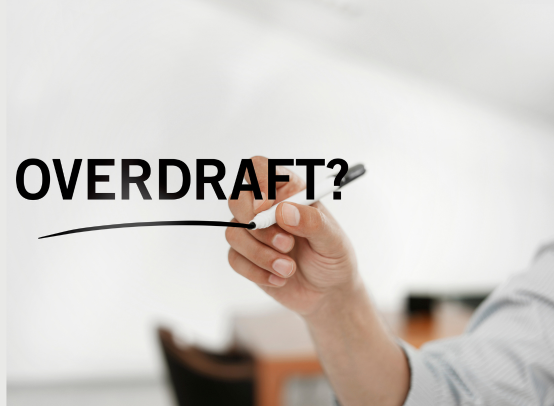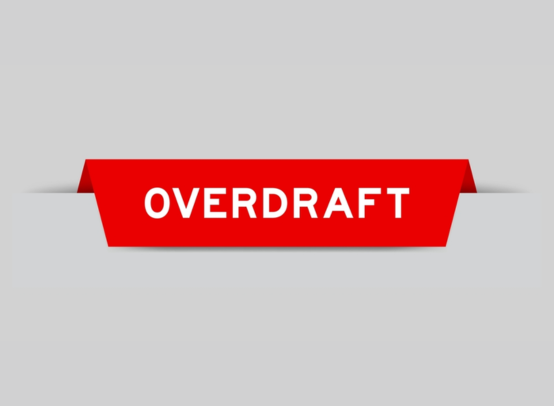
Overdraft
An overdraft is a type of financing that is issued by financial institutions to individuals. It is attached to a bank account, usually a checking account. Overdraft is a form of financing that covers the difference between what a customer has and what they have available to pay for a transaction.
Overdraft protection is the process of granting credit to account holders when their balance falls below zero. Overdraft protection can take many forms and function differently depending on your banking relationship. Overdraft protection can link two accounts, which allows funds to be automatically drawn from a reserve account in case the primary account is drained below zero. This function is useful in avoiding overdraft fees and allowing you to execute transactions with insufficient funds.
Standard Overdraft
An overdraft is when you withdraw more money from your account than your balance would allow.. This is in contrast to the much higher overdraft penalty. Customers generally pay a separate fee for every transaction that exceeds their account balance. However, different institutions might charge fees differently.
Secured Overdraft
Secured overdrafts are more similar to traditional loans. A secured overdraft is similar to a cash credit account. However, a financial institution can lend money, although a wider range or collateral can be used as security. Customers might be permitted to use stock shares or mutual funds.
Types of Overdraft
Two common types of overdraft facilities include the standard overdraft on a checking account and the secured overdraft account, which allows individuals to borrow money against various financial instruments they possess as collateral.
- Clean Overdraft- This type of loan facility is provided generally to business enterprises to scale through fluctuating cash flows in the business operations. This helps the businesses to fulfill their commitments in case of uncertainties and cash flow mismatches.
- Dropline Overdrafts- This type of loan facility has combined features of a term-loan and a clean Over-Draft and can be used for reducing interest rate outflows in some cases.
Overdraft against Property
Overdraft against property, also known as a property overdraft, is a financial arrangement where a borrower can use their property as collateral to secure a credit line. This type of overdraft provides a flexible source of funds, as the loan account can dip into a negative balance up to a pre-approved limit when the account’s balance reaches zero.
It serves as a useful financial tool, allowing borrowers to manage unexpected expenses or meet financial obligations without facing immediate liquidity constraints, leveraging the value of their property. However, it’s essential to use this financial tool responsibly and manage the overdraft effectively to avoid potential risks associated with borrowing against one’s property.
It serves as a useful financial tool, allowing borrowers to manage unexpected expenses or meet financial obligations without facing immediate liquidity constraints, leveraging the value of their property. However, it’s essential to use this financial tool responsibly and manage the overdraft effectively to avoid potential risks associated with borrowing against one’s property.
